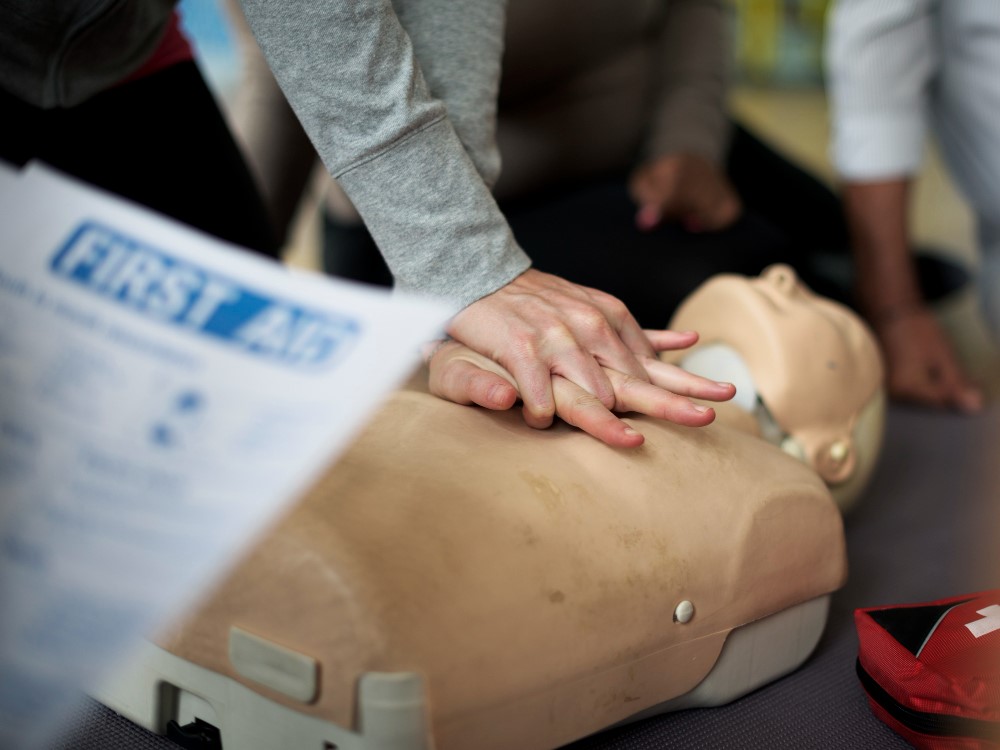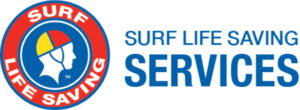Out-of-hospital cardiac arrest (OHCA) is a global health crisis, often striking unexpectedly and with devastating consequences. While advancements in emergency medical services are critical, the minutes immediately following a cardiac arrest are the most crucial, often determining the difference between life and death. In these precious moments, bystander CPR emerges as a critical life-saving intervention, bridging the gap between collapse and the arrival of professional medical help.

Bystander CPR: A lifeline in the face of crisis
Bystander CPR, performed by anyone witnessing a cardiac arrest, is a cornerstone of the “Chain of Survival,” a sequence of actions that maximizes the chances of survival. It involves chest compressions, and sometimes rescue breaths, to circulate oxygenated blood to the brain and vital organs, buying precious time until paramedics arrive. The sources provided offer compelling evidence of the significant positive impact bystander CPR has on OHCA outcomes:
Increased survival rates:
- Studies reveal a two-fold increase in survival rates for OHCA victims who receive bystander CPR compared to those who don’t. This means that a person collapsing from sudden cardiac arrest is twice as likely to survive if someone nearby performs CPR before professional help arrives.
- One study in Singapore found that dispatcher-assisted CPR led to an increase in bystander CPR rates, further improving the odds of survival for OHCA victims.
- Research in Japan demonstrated that bystander CPR improves the survival of OHCAs.
Improved neurological outcomes:
- Bystander CPR not only increases survival chances but also significantly improves long-term neurological function. This means that survivors are less likely to experience brain damage or long-term disability thanks to the immediate intervention of a bystander.
- Research in Japan found that while survival rates may be influenced by various factors, the positive effects of bystander CPR, particularly on neurological outcomes, are consistent.
Factors influencing bystander CPR effectiveness:
Studies have identified several factors that can influence the effectiveness of bystander CPR, leading to even better outcomes:
- Multiple rescuers present at the scene can increase the chances of survival.
- Younger bystanders are more likely to take quick initiative and perform CPR, leading to improved outcomes.
- This underscores the importance of community-based training programs that target diverse age groups and encourage collaboration among bystanders.
These statistics paint a clear picture: bystander CPR is a powerful intervention that can dramatically improve survival rates and long-term outcomes for OHCA victims. The immediate action of a bystander, even without formal medical training, can make all the difference in those critical minutes before professional help arrives. Recognizing the crucial role of bystanders, the medical community has made significant efforts to simplify CPR techniques and increase accessibility to training. The emphasis has shifted towards “compression-only” CPR, eliminating the hesitation and potential complications associated with mouth-to-mouth ventilation. This approach has proven easier to perform and remember, encouraging more bystanders to act confidently in emergencies.
Overcoming barriers to action
Despite widespread awareness campaigns and simplified CPR techniques like compression-only CPR, bystander CPR rates remain disappointingly low in many communities. This gap between knowledge and action underscores the need to understand the complex interplay of factors that prevent individuals from intervening in these critical situations.
- Fear of Causing Harm: One of the most prevalent barriers is the fear of doing something wrong and potentially harming the victim. This fear is often rooted in a lack of confidence in one’s CPR skills or uncertainty about recognizing cardiac arrest.
- Fear of Legal Repercussions: Concerns about legal liability also deter potential bystanders. While Good Samaritan laws generally protect those who provide CPR in good faith, the fear of lawsuits remains a barrier in some countries. Although Good Samaritan law is not available in Vietnam, Vietnamese law provides various regulations to support first aiders. Survival Skills Vietnam and Davinci Law created a Vietnamese law handbook about first aid so the public can engage in bystander CPR and First Aid with confidence.
- Lack of Knowledge and Skills: Many individuals simply lack the knowledge and skills necessary to perform CPR effectively…. This highlights the need for widespread CPR training and public awareness campaigns.
- Panic and Lack of Confidence: The stressful and unexpected nature of a cardiac arrest can lead to panic and a sense of being overwhelmed, hindering a bystander’s ability to act decisively.
Enablers of bystander CPR
- CPR Training: The most significant enabler of bystander CPR is adequate training…. CPR training equips individuals with the knowledge, skills, and confidence to act in an emergency. Tailored training programs that address specific community needs and consider local contexts can be particularly effective. For instance, adapting training methods to target individuals in economically disadvantaged areas or those who are less likely to have received formal CPR training can bridge the gap in access to life-saving skills. Innovative approaches such as dispatcher-assisted CPR and the use of mobile technology have also shown promise in increasing bystander CPR rates. Survival Skills Vietnam is the award-winning social enterprise in ASEAN region to offer both tailored training programs together with innovatibe mobile technologies proven to enhance the outocme of CPR.
- Public Awareness Campaigns: Raising public awareness about the importance of bystander CPR and dispelling common misconceptions is crucial. Media campaigns can effectively promote CPR education and encourage people to learn these life-saving skills.
- Hands-Only CPR: The simplification of CPR guidelines to emphasize hands-only CPR has helped overcome barriers related to mouth-to-mouth ventilation…. This approach removes hesitation and encourages more people to act.
- Positive Social Norms: Fostering a culture where helping others in need is seen as a social responsibility can encourage bystander intervention. Emphasizing the heroic nature of bystander CPR and celebrating those who take action can help shift societal norms. Many learners of Survival Skills Vietnam have leveraged the skills to save many lives every year fostering a new social norm of helping people in need responsibly and correctly.
Addressing the barriers
Targeted interventions are needed to address the diverse barriers to bystander CPR. These may include:
- Mandatory CPR Training in Schools: Integrating CPR training into school curricula ensures widespread exposure to these vital skills from a young age. This approach has been shown to be effective in increasing knowledge and willingness to perform CPR.
- Community-Based Training Programs: Accessible and affordable training programs in community centers, workplaces, and public spaces can increase CPR literacy and confidence within communities. Survival Skills Vietnam is the first social enterprise that offers also a Community-based training program with the goal to make CPR training to international standards accessible and affordable to Vietnamese people.
- Dispatcher Assistance: Real-time guidance from emergency dispatchers can overcome hesitation and the bystander effect. Dispatchers can provide clear instructions, reassure bystanders, and even encourage the use of nearby AEDs. The 115 emergency ambulance hotline in many provinces of Vietnam has provided such assistance. The instructions of how to call the hotline effectively are available on the First Aid SSVN mobile app and SSVN Smart In-case of Emergency Card.
- Public Service Announcements and Social Media Campaigns: Leveraging traditional and digital media platforms to disseminate information, debunk myths, and showcase real-life stories of bystander CPR can foster positive attitudes and encourage action.
By recognizing and addressing the barriers, and promoting the enablers, we can create a world where more individuals are empowered to act confidently and effectively in a cardiac emergency. Increasing bystander CPR rates ultimately saves lives.
Reference
- Barriers and facilitators to delivering bystander cardiopulmonary resuscitation in deprived communities: a systematic review
- The impact of bystander cardiopulmonary resuscitation on patients with out-of-hospital cardiac arrests
- Bystander CPR: The Role Play of the Fist Ring of the Chain of Survival
- Bystander CPR and survival
- Bystander cardiopulmonary resuscitation: Equipping communities to save lives
- Attitudes towards bystander cardiopulmonary resuscitation: Results from a cross-sectional survey
- Using the theory of planned behavior to understand intentions to perform bystander CPR among college students





